一、Apache APISIX 介绍
Apache APISIX 是一款开源的高性能、动态云原生网关,由深圳支流科技有限公司于 2019 年捐赠给 Apache 基金会,当前已经成为 Apache 基金会的顶级开源项目,也是 GitHub 上最活跃的网关项目。Apache APISIX 当前已经覆盖了 API 网关,LB,Kubernetes Ingress,Service Mesh 等多种场景。
二、部署Apache APISIX Ingress Controller
2.1 进入企业空间添加应用仓库
首先还是先要添加 Apache APISIX Helm Chart 仓库,推荐用这种自管理的方式来保障仓库内容是得到及时同步的。我们选定一个企业空间后,通过「应用管理」下面的「应用仓库」来添加如下一个 Apache APISIX 的仓库(仓库 URL:https://charts.apiseven.com)。
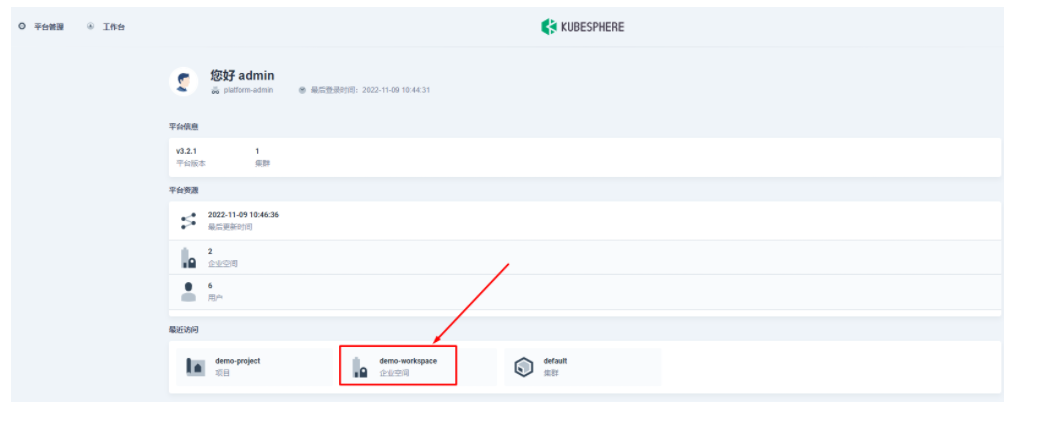
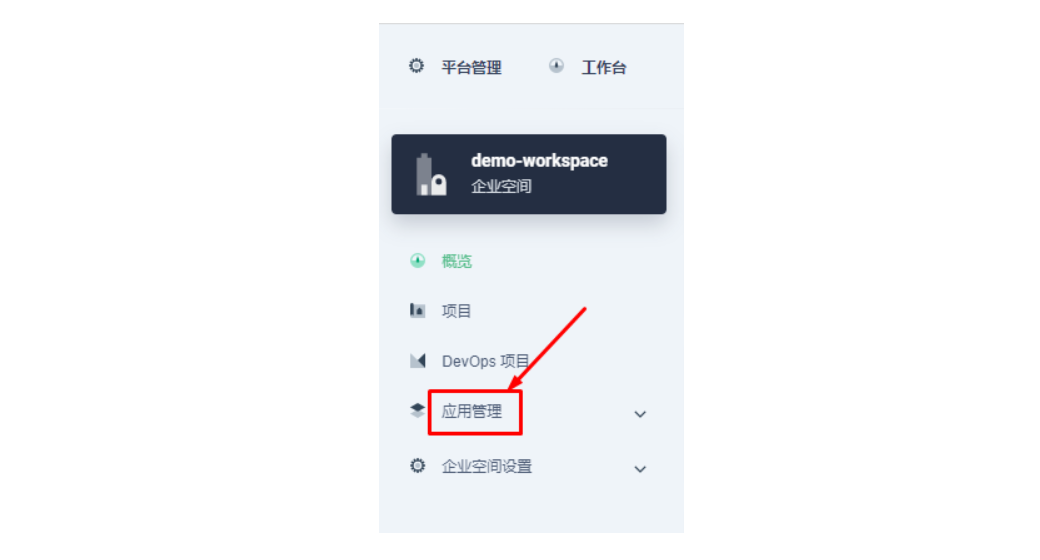
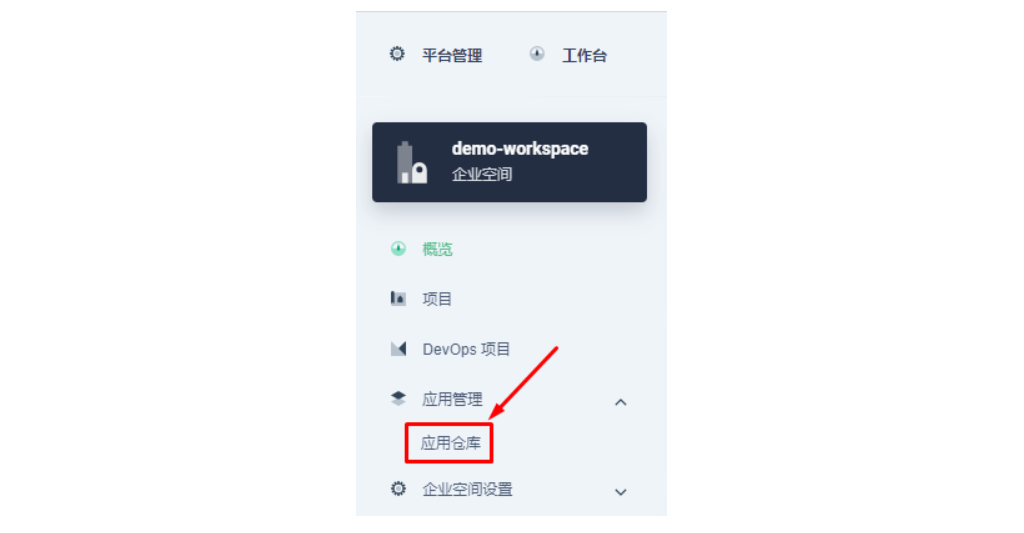
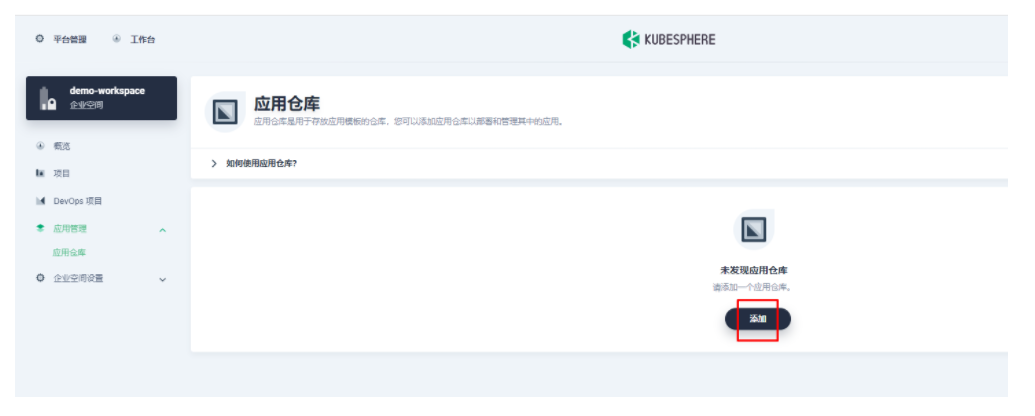
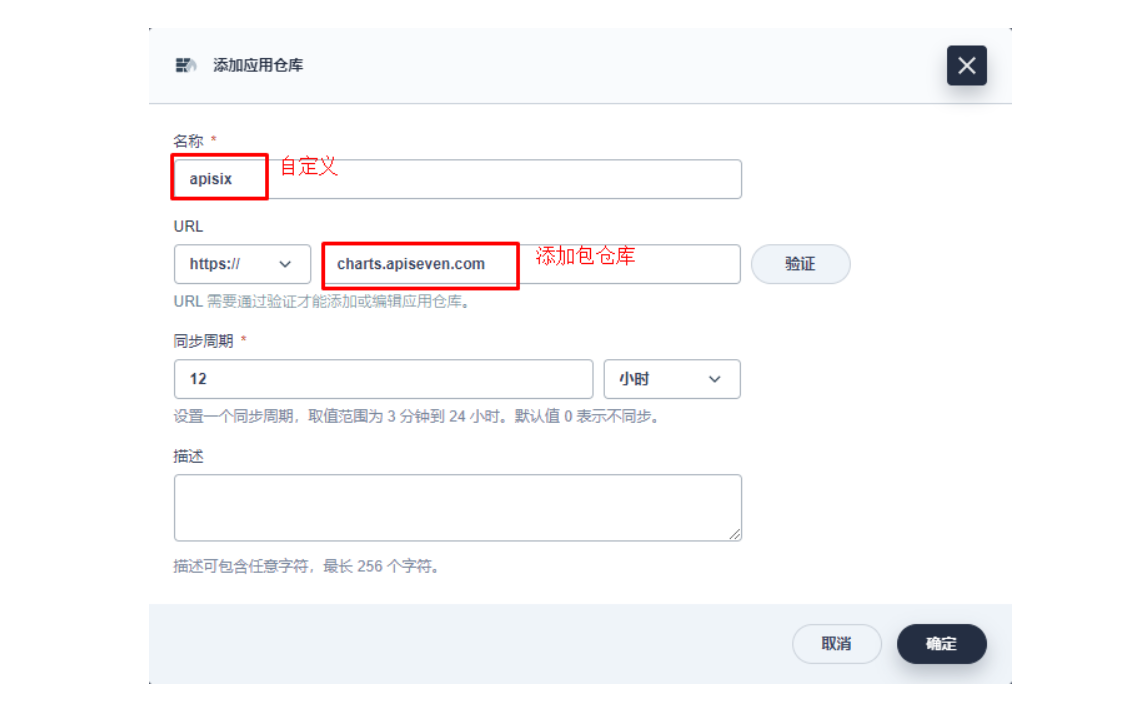

2.2 创建项目部署apisix
接下来我们创建一个名为 apisix-system 的项目。进入项目页面后,选择在「应用负载」中创建「应用」的方式来部署 Apache APISIX,并选择 apisix 应用模版开始进行部署。

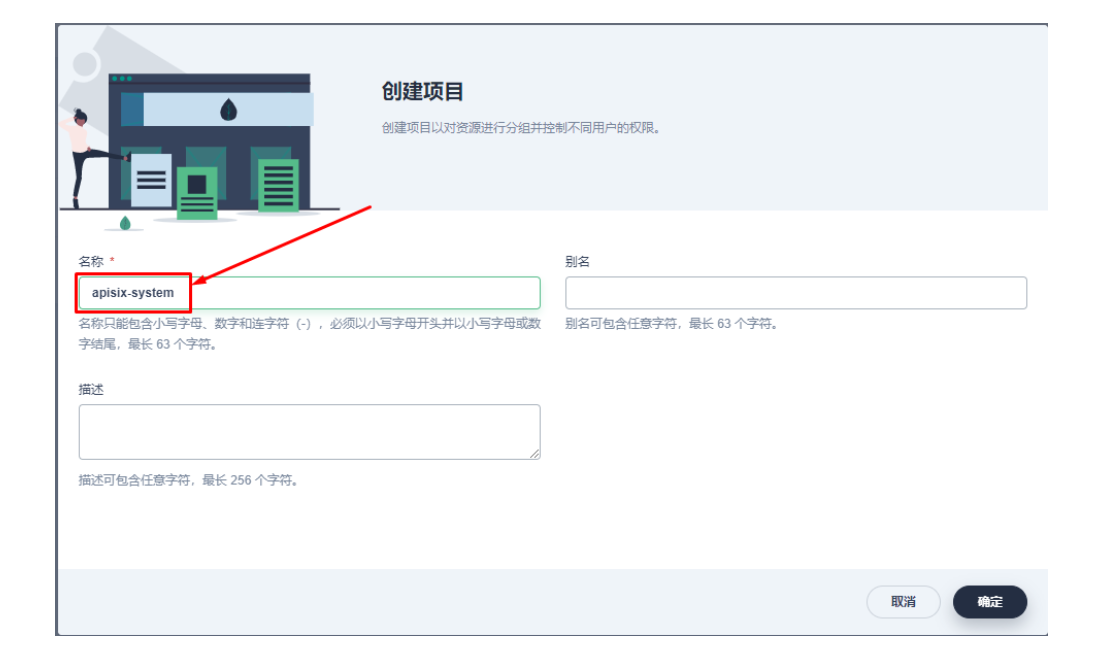

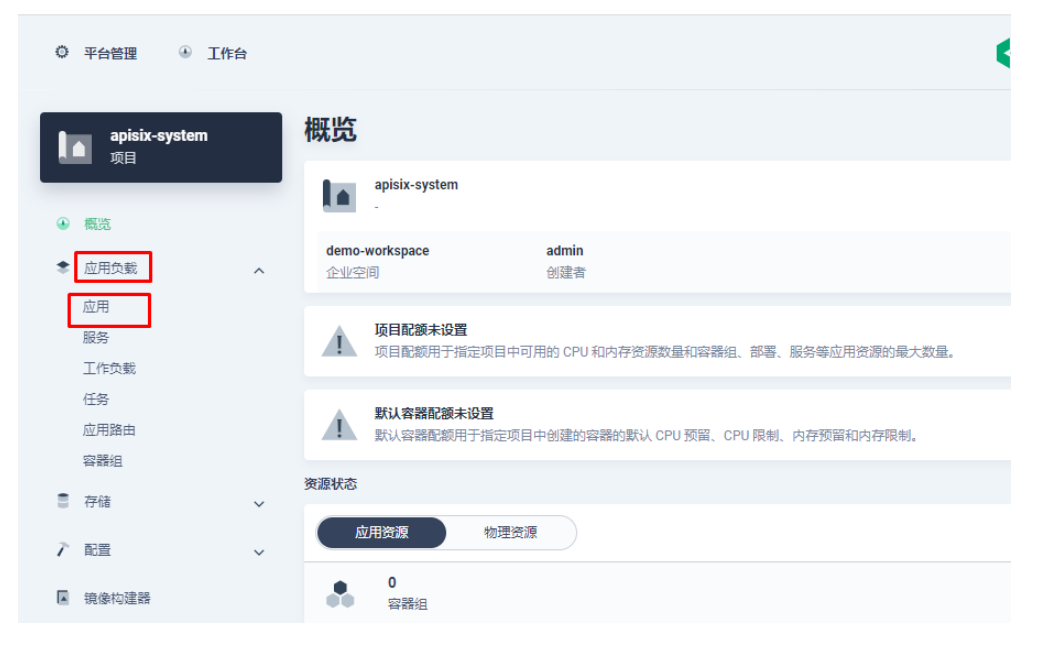


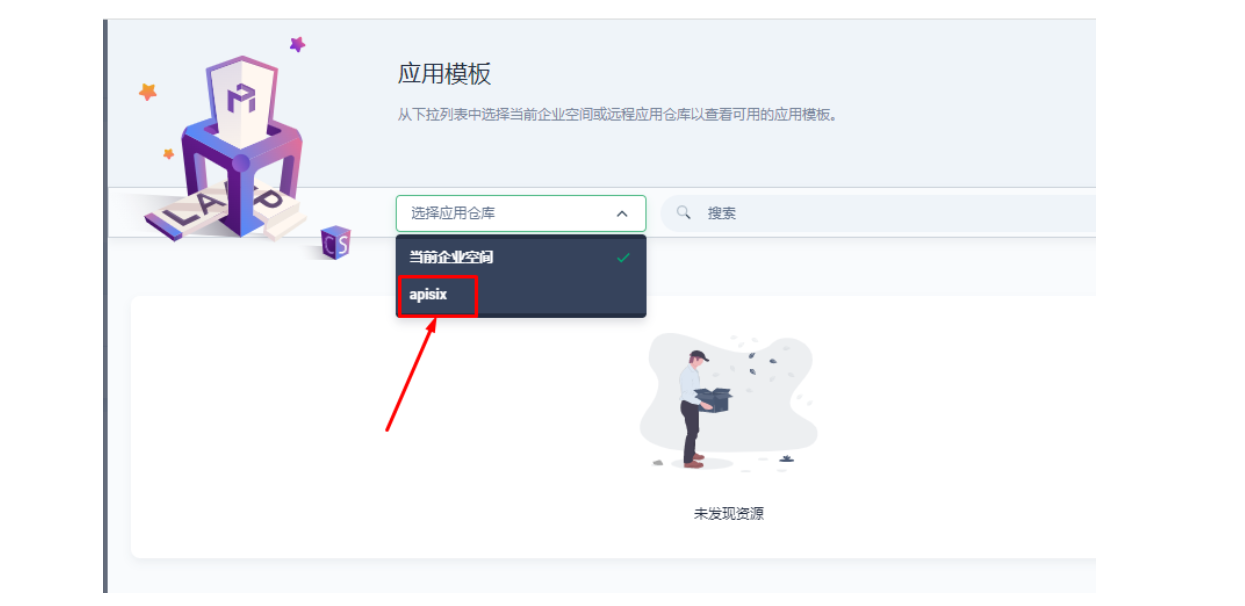
为何是部署 Apache APISIX 应用的 Helm Chart,而不是直接部署 Apache APISIX Ingress Controller?
这是因为 Apache APISIX Ingress Controller 目前和 Apache APISIX 网关是强关联的(如下图所示),且目前通过 Apache APISIX Helm Charts 同时部署 Apache APISIX Gateway + Dashboard + Ingress Controller 是最方便的,因此本文推荐直接使用 Apache APISIX 的 Helm Chart 进行整套组件的部署。
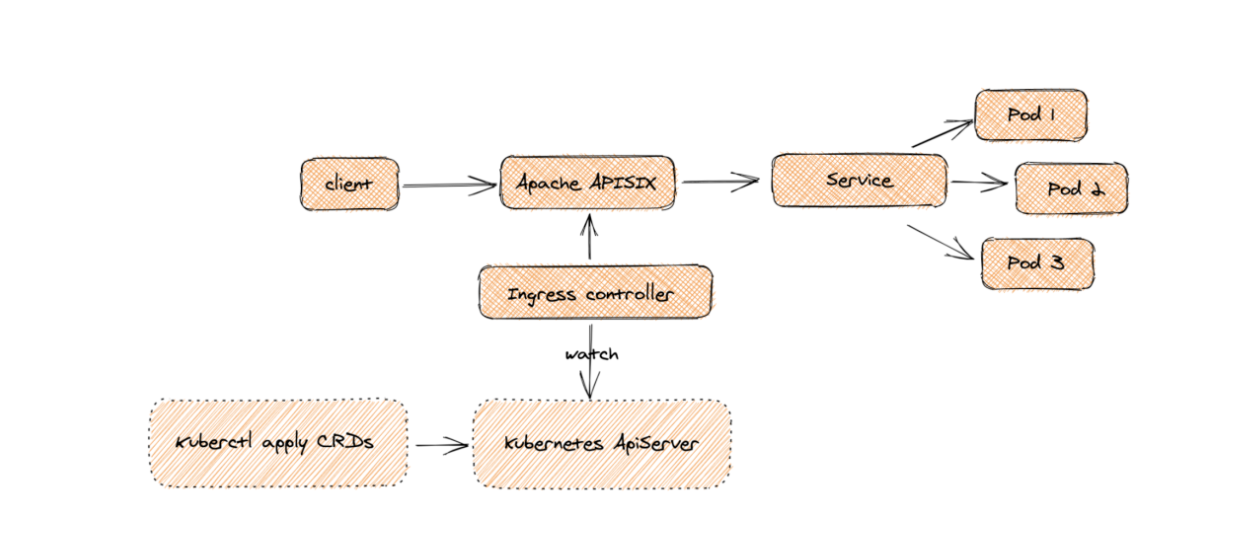
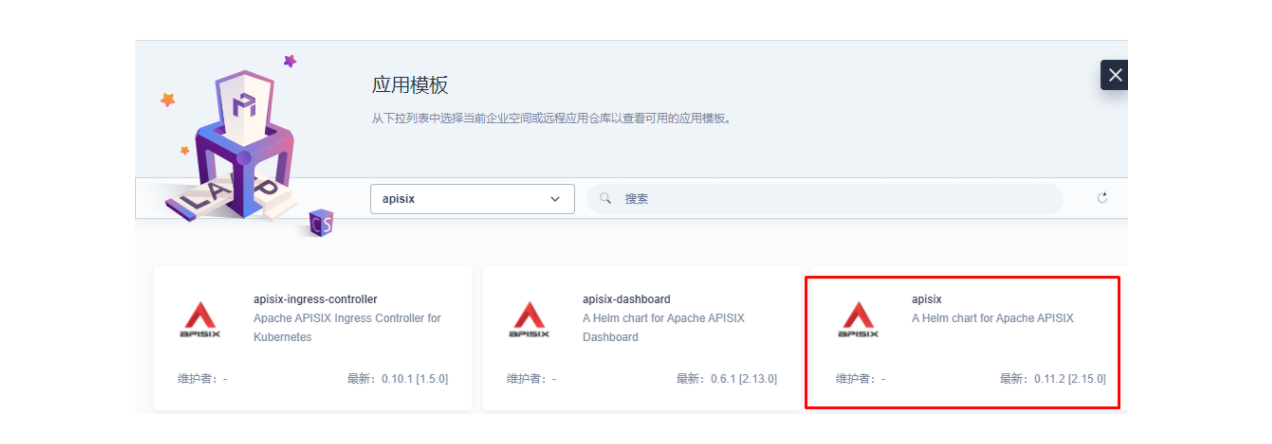
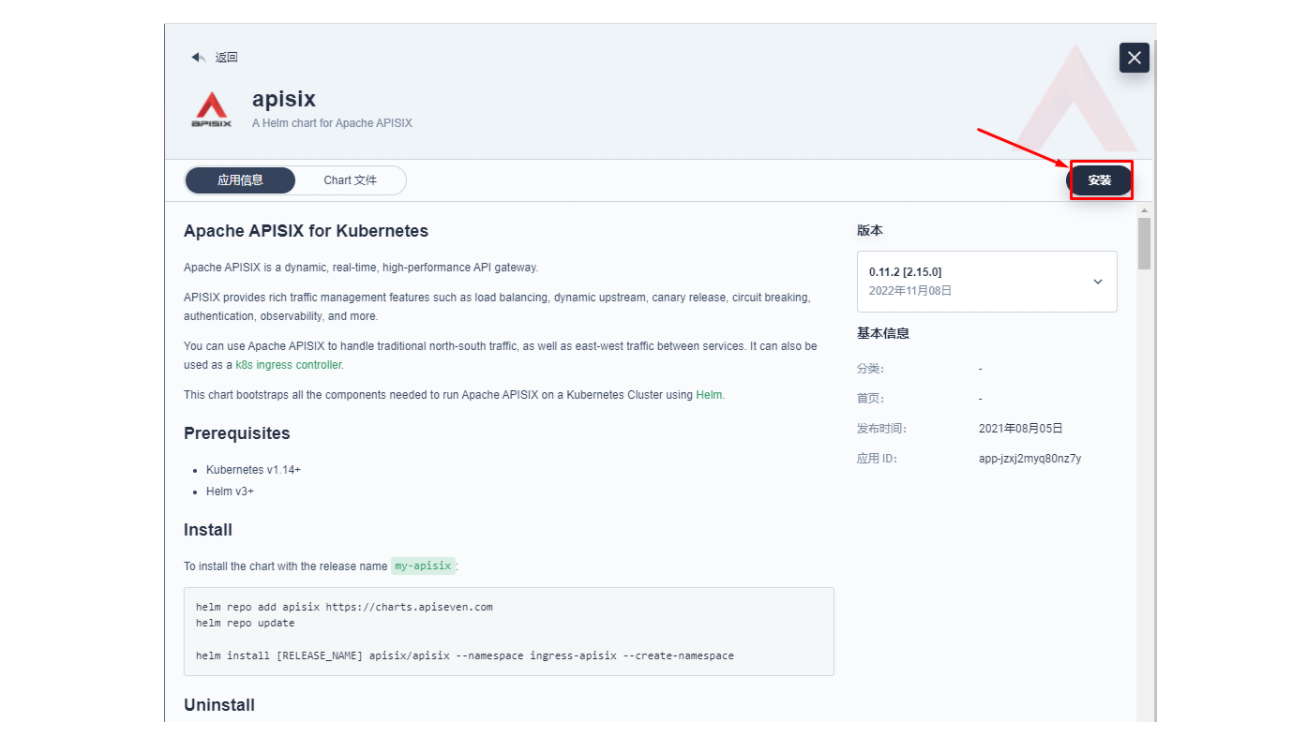
将应用命名为 apisix 以避免多个组件(Gateway, Dashboard, Ingress Controller)的工作负载及服务名称产生不匹配的情况

在安装步骤中编辑的「应用设置」的部分,请参照以下配置进行填写





 最低0.47元/天 解锁文章
最低0.47元/天 解锁文章

















 2970
2970

 被折叠的 条评论
为什么被折叠?
被折叠的 条评论
为什么被折叠?








